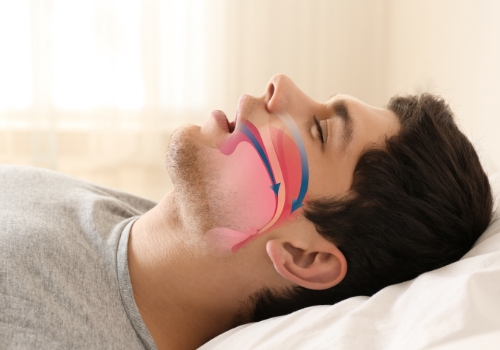Obstructive Sleep Apnea – Scottsdale, AZ
The Most Common Type of Sleep Apnea
Obstructive sleep apnea – often abbreviated as OSA – is the most common form of sleep apnea. It involves blockage of the upper airway, usually due to the collapse of the tongue and/or throat tissues. A blocked airway prevents your body from getting enough oxygen, causing your brain to wake you up for air. Millions of Americans have OSA, and many of them don’t even realize it; however, in many cases, the disorder can be successfully treated through nonsurgical means such as oral appliance therapy.
Contact Us
What Causes Obstructive Sleep Apnea?
Sometimes your body’s natural anatomy plays a role in OSA. For example, you’ll have a higher chance of experiencing an obstructed airway if you have an unusually large tongue or a relatively thick neck. That said, the biggest risk factor for OSA is obesity or being overweight. An excessive amount of fat in your throat means that there’s more pressure on your airway while you’re asleep – and thus, obstructions are more likely to occur.
Obstructive Sleep Apnea Complications
The pauses in breathing caused by OSA can disrupt your sleep cycle. Even if you think you got seven to nine hours of sleep, you may still be excessively tired when you wake up. Furthermore, interrupted breathing can cause an increase in your blood pressure that doesn’t go away for several hours; consequently, you may experience hypertension that can lead to a heart attack or another dangerous cardiovascular event.



